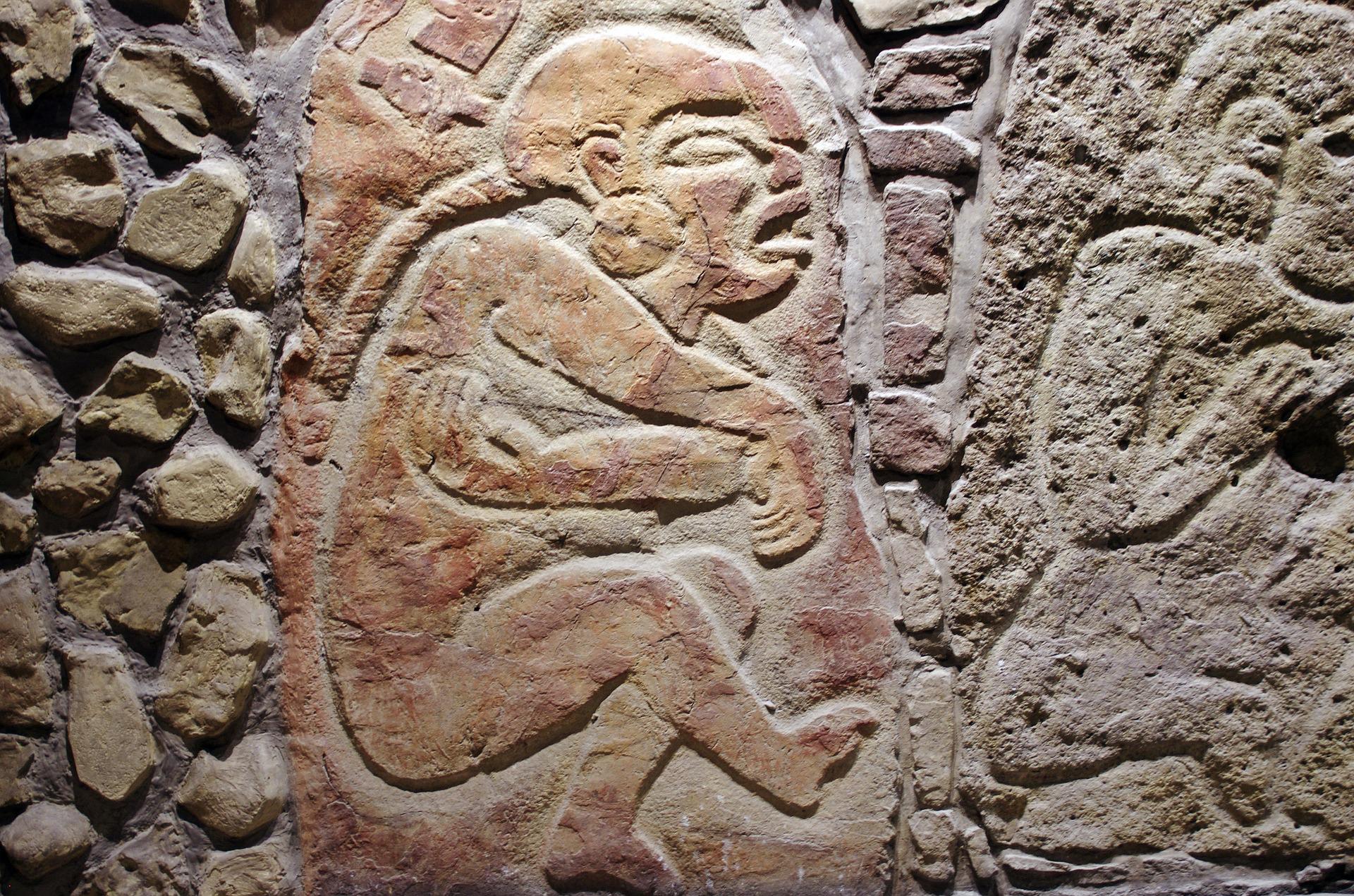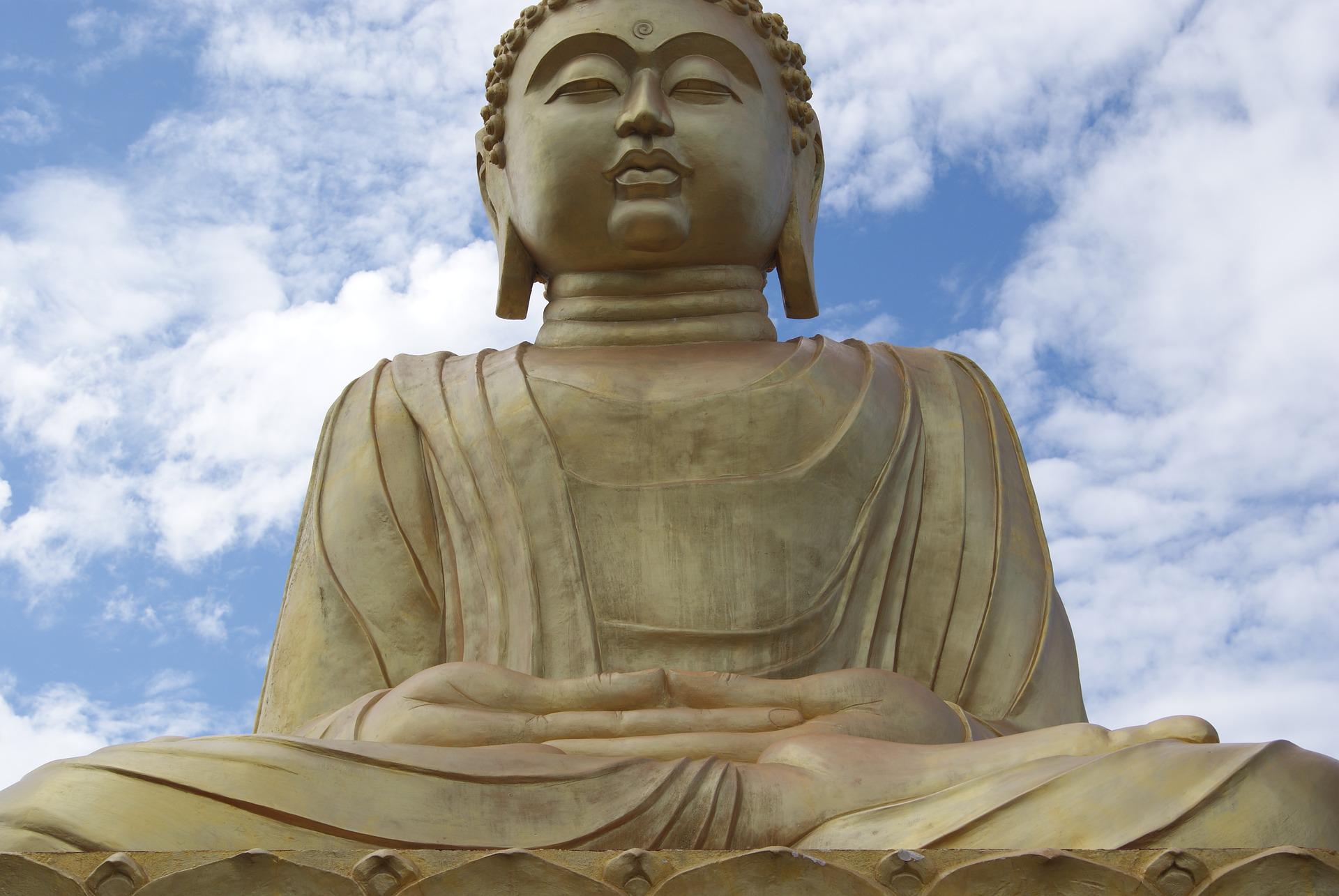As humans, we have both a natural and a learned aversion to pain. Be it physical or emotional, we go out of our way to avoid pain. Yet if we try to understand pain and its value, we may come to cherish it and even embrace it as a life-changing and spiritually-uplifting force. At this point, transcending pain becomes possible.
Although pain is subjective and medically undetectable, this sensation is very real to anyone experiencing it. Whether it stems from a physical or psychological blow, the discomfort causes an emotional response. This is where we can take the reins. By adjusting our perspective on pain, we can modify how we react emotionally.
Understanding the value of pain
As haphazard or unfair as it may seem, pain has a purpose. The most elementary aspect of pain’s importance is that it serves as a warning. Stepping into any number of dangerous situations — like exposure to fire, broken glass, or a fierce animal — causes an immediate painful sensation that tells you to step back from it, thereby preventing serious physical injury. But pain also serves a greater purpose, which is multifaceted.

Everyone experiences pain – it is natural and unavoidable. Various faiths hold that pain and suffering are key to spiritual growth; and it can be readily seen that suffering often causes people to do some soul searching and find a higher truth. But pain is not simply a catalyst.
The Buddha school teaches that one suffers due to karmic retribution for past wrongs, and that repaying these debts is one step towards returning to the original pure self. Christian religions hold that trials and tribulations test one’s faith and strengthen one’s character, bringing you closer to God.
Success
You are now signed up for our newsletter
Success
Check your email to complete sign up
Judaism looks at pain as a part of life in this world, which is intrinsically good. With strong faith, one can look at pain as a blessing in disguise, and gain balance and harmony by overcoming it.
A quote from the ancient Chinese philosopher Lao Tzu sums up pain’s great potential: “New Beginnings are often disguised as painful endings.”

How does pain promote spiritual growth?
Enduring pain and suffering increases wisdom. One who has gone through harsh trials will look at life differently, gain an awareness that goes far beyond oneself, and be less moved by trivial matters.
Not only does pain temper and mature a person, it also shows them that they are stronger than they realized. In facing difficulties, the mind and heart grow steady and sturdy, building a resilience that will help one face future ordeals with grace and dignity. At the same time, it makes one humble, reminding us that we are merely human and subject to all the trials of mortality.
As the opposite of pleasure, pain also gives one an appreciation for all the pleasant things in life. When one experiences gratitude, the heart expands to accept and nurture goodness.
Perhaps most importantly, pain fosters empathy. Personal suffering helps one understand the suffering of others, transforming the selfish ego into a compassionate being. Nearly all spiritual paths stress compassion as a state of consciousness one should aspire to. Feeling moved to serve others rather than oneself lifts one into the spiritual realm.
Modifying our reaction to pain
Considering all these benefits, it seems one would readily accept and endure pain, if only it weren’t so darned uncomfortable. A valuable lesson to remember is that pain’s intensity is dependent on our attitude toward it. If we want pain to loosen its grip on our reality, we need to adjust our mentality about it.
When we look at pain with aversion, we have a desire to push it away. Yet the more we try to avoid it, the more intense the pain feels and the longer it lasts. Buddha Shakyamuni illustrated this principle to his disciples with an analogy:

Suppose you are shot with an arrow. Being shot with an arrow is painful enough, but it can be overcome like any other misfortune. The problem arises when we, with our negative thoughts and resistance to the pain, shoot ourselves with a second arrow.
It is our psychological reaction to pain that causes suffering. When we are governed by our emotions, pursuing the things we like and avoiding the things we don’t, we are not in harmony with nature. This in itself can bring discomfort. If we can learn to accept pain as a necessary component of our spiritual growth, it becomes much more bearable.
“Reversing the thought of the dislike of suffering is the foundation for turning suffering into the path of enlightenment.”
Eighth-century teacher Shantideva
The Four Noble Truths
From the ancient wisdom of Buddhism, Four Noble Truths address suffering in detail.
The First Noble Truth recognizes dukkha (pain) as a fact of life. Our reaction to this pain is suffering, which is divided into three categories.
Dukkha dukkha, or ordinary suffering, is related to things such as aging, sickness and death. One should understand that this discomfort is inevitable and accept it without judgment, resistance, or denial. Viparinama-dukkha is the suffering resulting from change. Resistance to uncomfortable change prolongs the discomfort, while welcoming change opens up opportunities for relief. Sankhara-dukkha is the suffering caused by lack of fulfillment or dissatisfaction. When we learn to appreciate what we have, life naturally becomes more satisfying.

The Second Noble Truth samudaya (arising) addresses the cause of suffering as tanha (cravings or desire). Again, this is divided into three categories: kama-tanha, encompassing sensual and material cravings; bhava-tanha, a craving for permanence; and vibhava-tanha, the wish to avoid unpleasant realities. Greed, ignorance and hatred are named as the three poisons and recognized as the root of all suffering.
The Third Noble Truth nirodha (cessation) concerns the solution to suffering. It suggests we do away with our cravings. By breaking away from our desires we become free.
The Fourth Noble Truth reveals the magga, (eightfold path) as the way to enlightenment and the elimination of suffering. On this path, one aspires to correct action, concentration, effort, intention, livelihood, mindfulness, speech, and views. By letting go of attachments, one can follow this path.

Letting go of attachments
While we may think the things we are attached to are good, any strong attachment is accompanied by fear, because we dread losing the thing we are attached to. The same holds true for our attachment to comfort. Our fear of discomfort adds significantly to our pain and suffering because it disturbs our peace of mind.
Learning to let go, and take lightly all human attachments is a common spiritual goal. One cannot be content while clinging to worldly concerns. The more we can detach ourselves from our desires and fears, the less pain can move us to suffering.
If you start to pay attention to what goes on in your mind, you will find there are many, many attachments that play on your emotions, most of which revolve around wanting to control the outcome of things that are not within your control. Liberating yourself from these attachments is a big step in the spiritual journey, and one which will ultimately help you transcend pain.

Eliminating attachments does not mean giving up the thing itself. It simply means you recognize that your happiness is not dependent on that thing, and neither does that thing define who you are. You can take it or leave it and you will still be whole and complete.
By letting go of the aversion to pain, pain loses its control over you and you can eventually transcend it.
Transcending pain through mindfulness
You don’t need to become a Buddhist monk to transcend pain, but you will need to exercise patience and fortitude in observing your mind to examine the motives behind your thinking. By practicing mindfulness we can gradually learn to recognize the thoughts and attachments that don’t serve us, and make a conscious choice to eliminate them.
So many of our everyday thoughts are fixed on the future or past. Mindfulness is the practice of living in the present moment — observing your thoughts objectively as they come. By becoming aware of your intentions, you can develop a mental clarity that will help you let go of the various attachments behind your discomfort.

Transcending pain takes time, and it requires a steady effort. To help you persevere, recall the benefits of pain and remember that — like everything else in life — pain is temporary. Through meditation and mindfulness, we can examine our pain and learn from it. This is also a good opportunity to discover all the aspects of your life that are good and find satisfaction in what is, rather than intentionally pursuing satisfaction from what isn’t.
Try sitting quietly with your pain. Be it a nagging physical pain, or emotional pain like anger, fear, or sadness; tune into it without dwelling on it. Can you see its root cause? Ask for guidance and you may receive some insight into how to address it and bring yourself into balance.
While uncovering the attachments that cause you to suffer, try to accept and endure the natural discomfort of existence. Rather than looking at yourself as a victim, resisting change, and denying what you don’t like, relax; let nature take its course and find harmony as you become one with the universe. Through deep spiritual work, one can achieve a state of harmony where all experiences are equally agreeable.
















